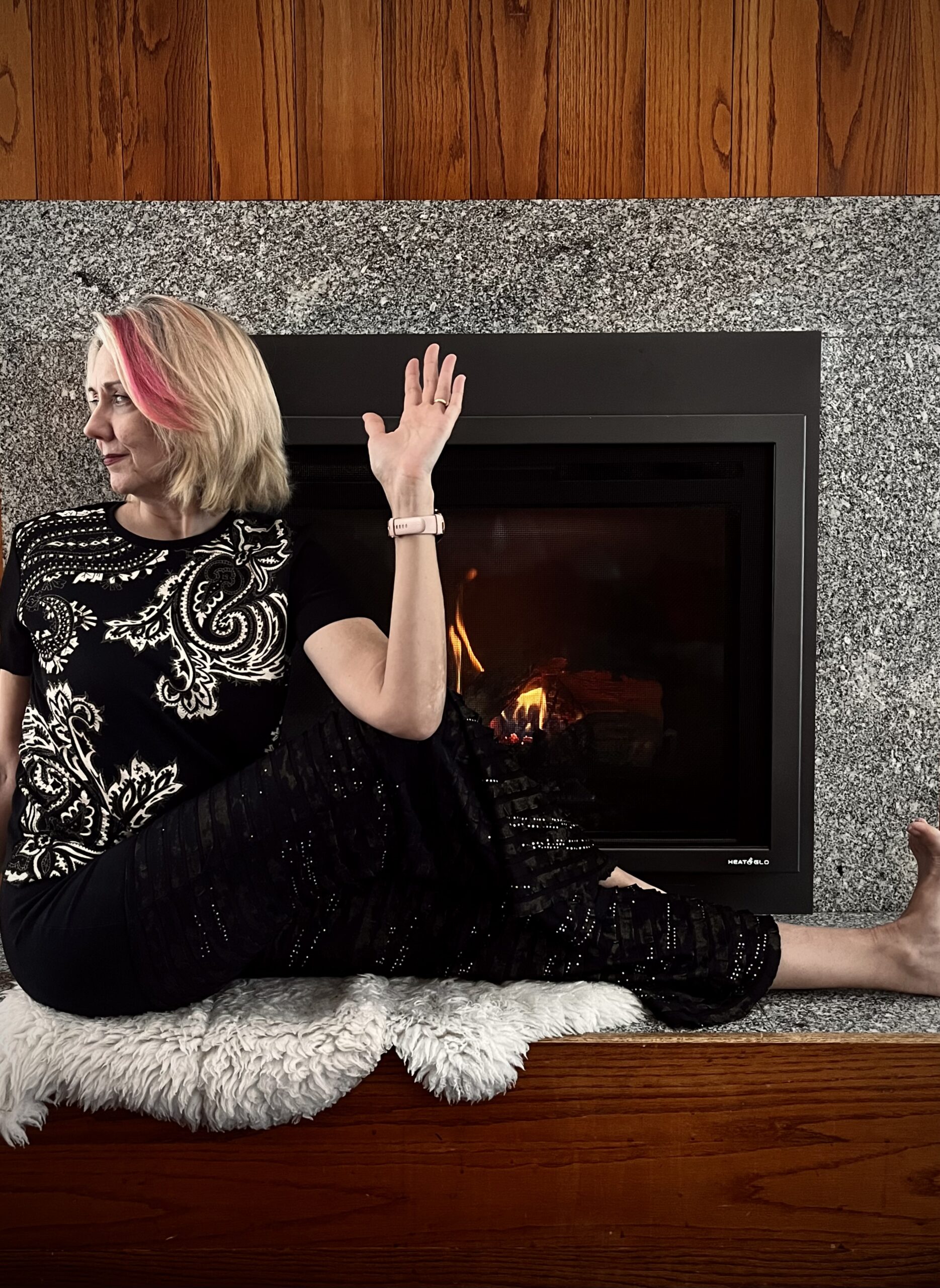The physical benefits of yoga should be obvious by now. To be honest, I’m not in it for those. I’ve played tennis since I was 8, lifted weights since I was 15; plus you’ve all had to hear about my latest Pickleball passion. The point is: there are soo many ways to stay in shape. What makes yoga so special? The work-in.

What do yoga, tai-chi, zazen (seated zen meditation), qi gong, flower arranging, kendo, karate–even tennis and golf– all have in common? Success and advancement are largely contingent on the Inner Game. All of those practices are about achieving a state of mental flow, or “Dhyana.”
Sometimes referred to as “single-pointed focus” dhyana is a term that runs through both Yoga and Buddhism. Remember, before the Buddha was a Buddha, he was a Yogi. Experts explaining the concept to Westerners often liken dyhana to a deep state of athletic flow or concentration. It doesn’t have to be “athletic” though. The physical bit is a means to a mental end, ultimately enlightenment, but if you’re lucky, santosha or contentment.
Practitioners of Hatha Yoga and Zazen spend a lot of time being in not-so-comfortable positions–and then observing the mind’s reaction to those positions. Over time, we realize how our minds work, how overly-reactive they are, how attached to comfort they are. Hatha Yoga (yoga with poses) offers up a panacea of sensations some wonderful, some awful, all constantly shifting. It invites the mind to “dance between the poles of opposites” in hopes it can eventually find rest in a neutral position.
Over time, we find that our mind exaggerates reality, depicting it as far better or worse than it is. Consider the symbol ☯️ The drops of black and white symbolize the “gray” areas of life. Nothing can be entirely good or entirely bad; plus, change is constant so why bother getting too attached to The Way Things Are– they’re just going to change!
Meditation, be it Zen or Yoga, cultivates self-awareness and the ability to “go with the flow.” Sadly, Western fitness (blame Los Angeles) took that literally, as though the postures had to be a “flow” of choreographed gymnastics. Maybe those 80’s headbands were on too tight!
“Going with the Flow” is viewed in Asia as a skill set to be cultivated, especially in Japan. When you’re trying to live as one of the greatest aesthetic cultures in the world on a shifting surface of magma, surrounded by ocean, you have to go with the flow. History is a force of constant creative destruction. Things get destroyed, then rebuilt. Becoming attached to The Way Things Are isn’t a luxury Japanese have. No wonder they place such a high value on peace and harmony, or “Wa,” but they also know, on some level, it’s futile. Destruction is always right around the corner: a tsunami, an earthquake, a fire, a yakuza psychopath, a sarin gas attack, a triple nuclear reactor meltdown…the list goes on.
The acceptance of The Way Things Are shows up in common Japanese expressions which translate to “nothing can be done,” and “let’s keep trying against the odds.” “Nothing can be done,” in particular” is used in customer service situations. When met with it, Japanese people will seldom complain or push back. Complaining is looked down upon and viewed as a useless pursuit.
If you think about it, both of those expressions could apply to us Minnesotans facing another Minnesota winter. To it I would add a local favorite, “There’s no such thing as poor weather, just poor clothing.” If you live here, you have to go with the flow and “keep trying. You can’t cancel your plans every time the weather is foul. And no one wants to hear the complaining. Instead we try to reframe the situation into something more neutral, that we can live with, i.e. “Cold weather keeps the riff-raff out,” or ” It’s better than a sharp stick in the eye.”
Minnesotan and Japanese culture have more in common than you might think. Both are “high context,” meaning you have to “read between the lines” and listen for tone, suss out non-verbals. Japanese even say “that’s different” to express dislike! Both cultures make the most of their 4 seasons and cultivate a relationship with nature. What they call “forest bathing,” we call “a walk in the woods.”

Buddhist Temples have some of the world’s most beautiful gardens because theyare a meditation tool. You begin by admiring the beauty of your surroundings, taking in the obvious, then honing in on the more subtle details. Sound familiar, Dishers?
How can I say this…visiting a Buddhist Temple without trying zazen is kind of like going to a Porsche dealership and just looking–even when they offer you a test drive! Walking through it as a tourist doesn’t compare. You may not “get it” and wonder, “What’s the big deal?” To take the analogy further, the dealership asks if you’d like to take a Porsche home to drive on your own, for free, forever. You say “Nah, I’m good” and move on to The Next Thing.
Think you can’t do zazen (seated meditation)? Once you’re sitting in silence (or raindrops dropping, snowflakes falling) in such gorgeous spaces, sitting still-ish becomes easier. You work from the outside in, realizing your inner world isn’t so separate from the outer landscape. They share many of the same characteristics: always changing, sometimes beautiful and growing, sometimes negative and decaying. You get lost in the present moment–the stress and distractions of past and future drop off your radar.
You completely lose track of time, life’s big problems seem small and remote. For a while, all is well; and, you desire nothing to be anything other than it is. Take that, consumer culture!








